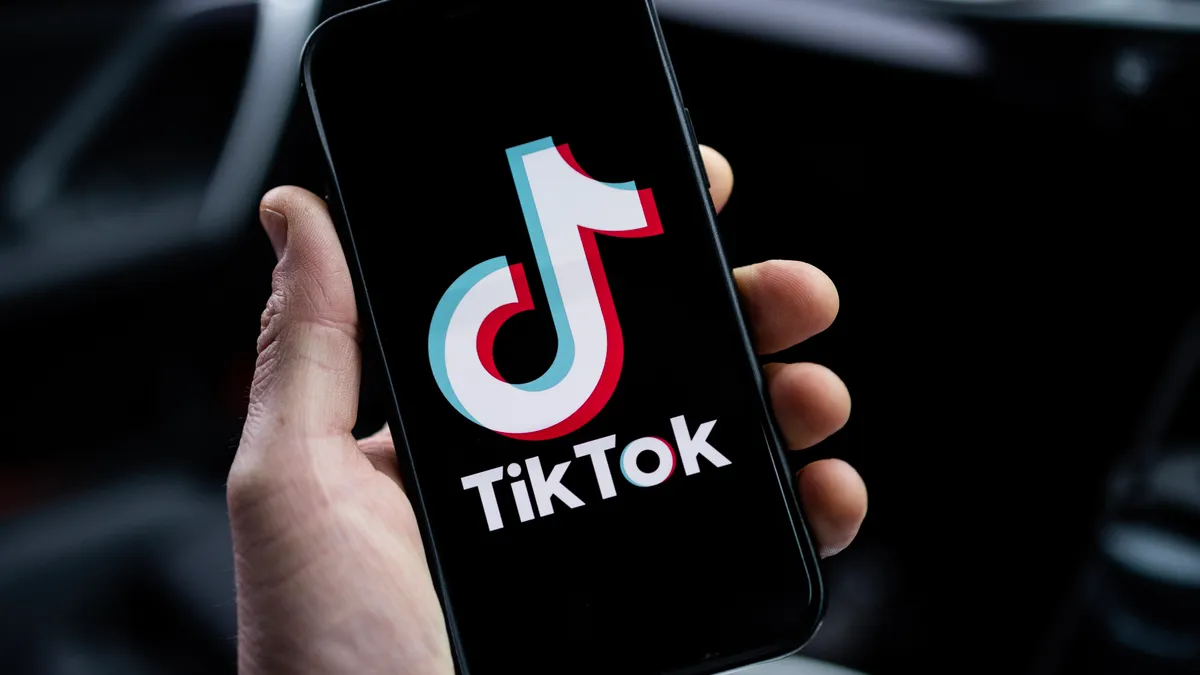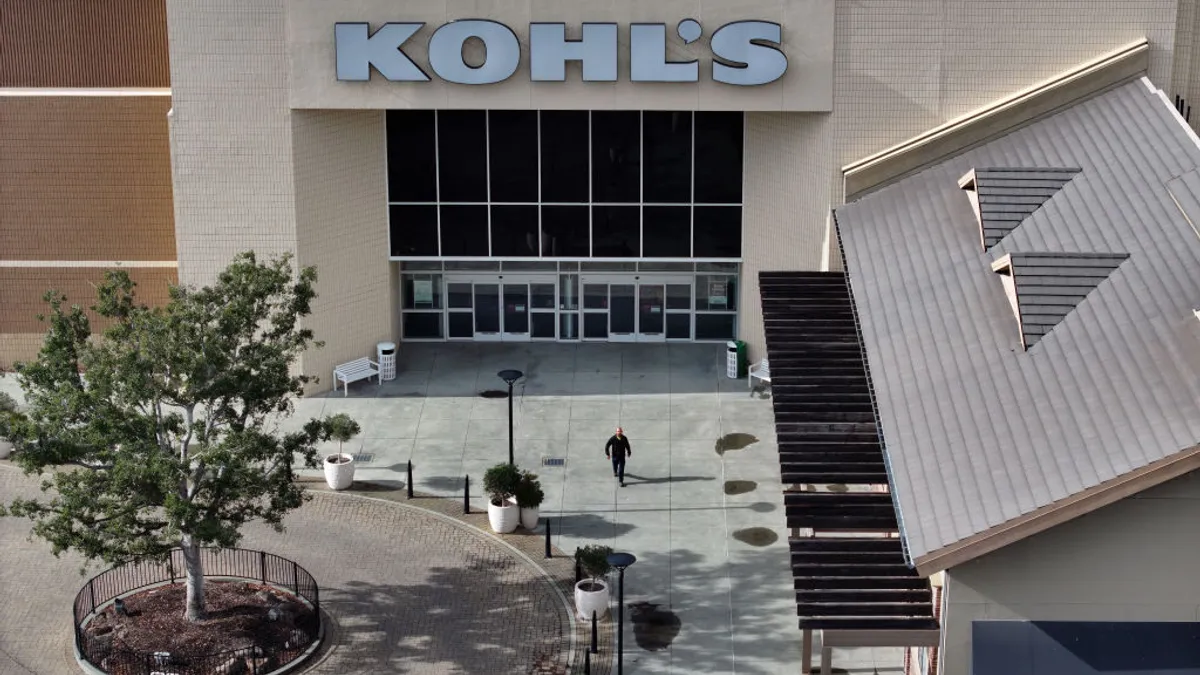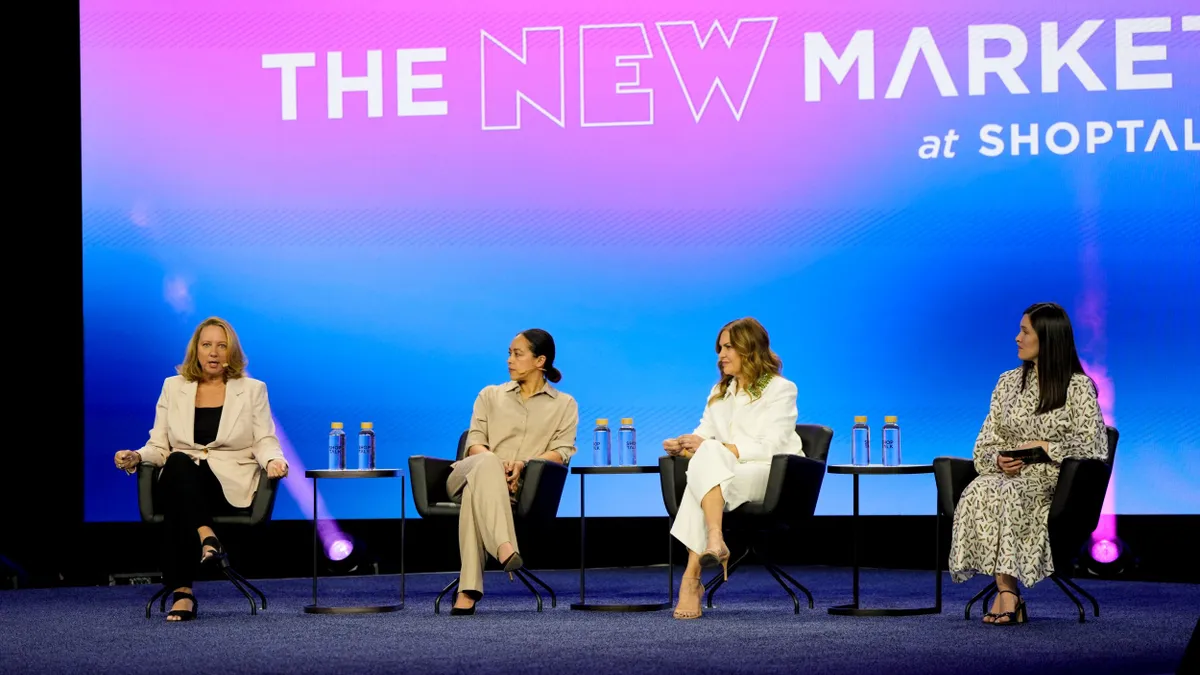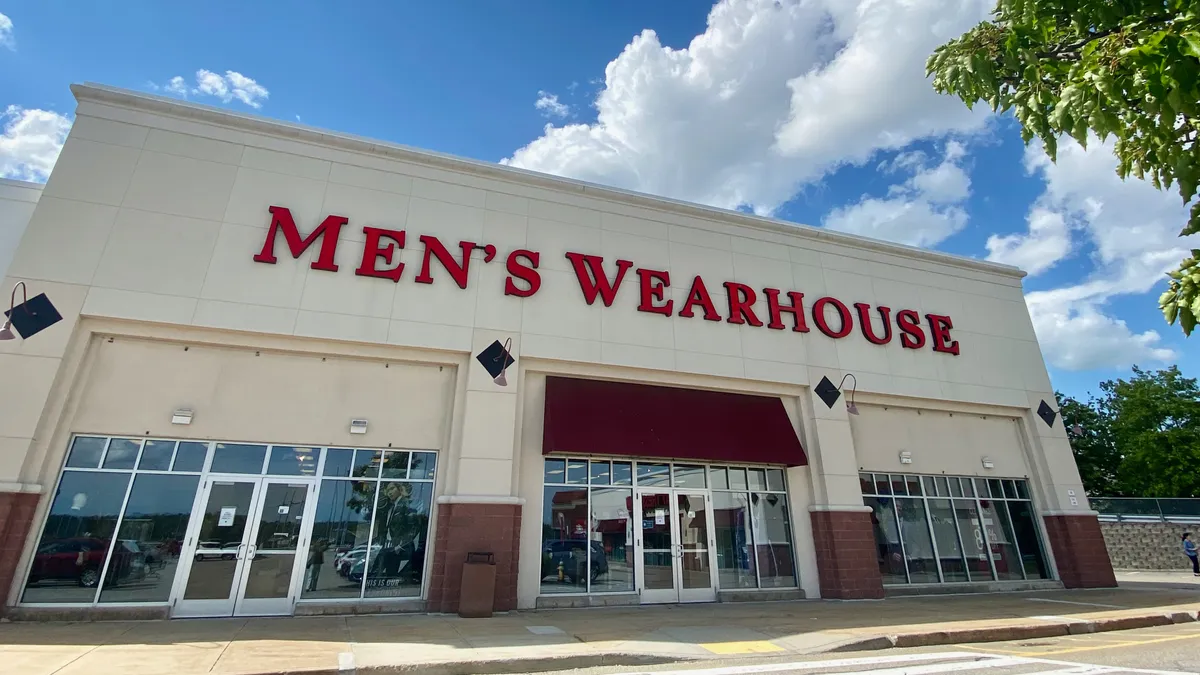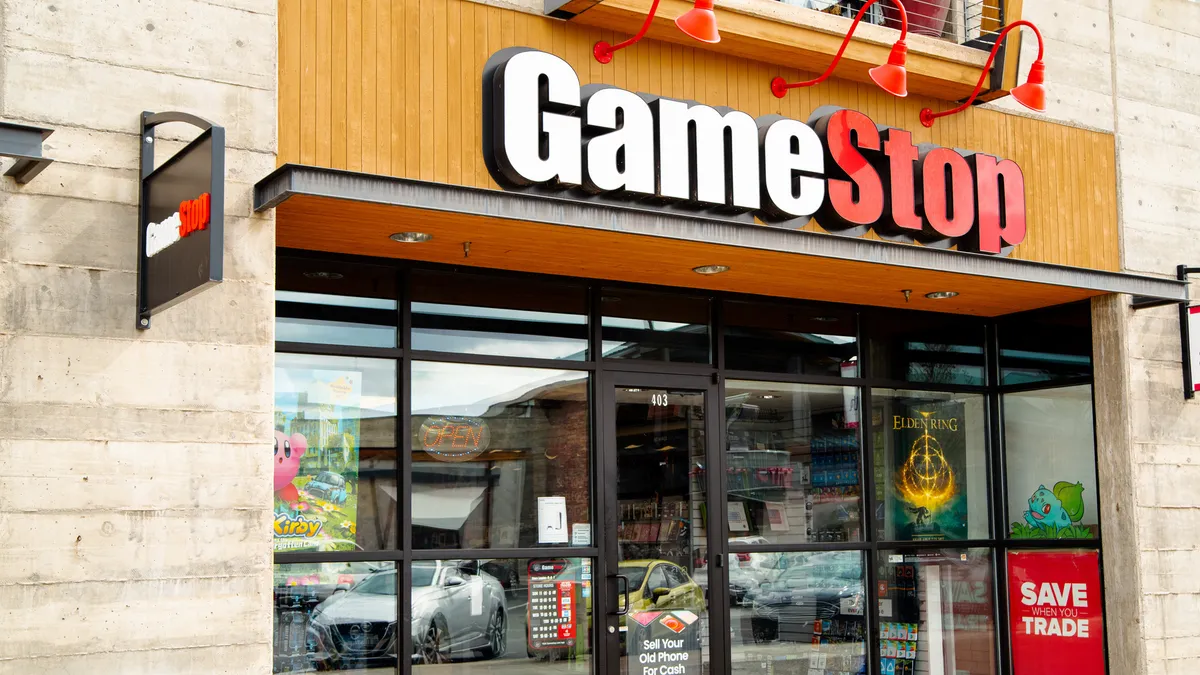Before the pandemic hit, retailers were steadily updating their operations in anticipation of some distant point when e-commerce would become a mainstream channel for shoppers. They rolled out apps and websites, purchased software and ushered fulfillment staff into their aisles and backrooms. Some even started investing in robots.
And then, in the blink of an eye, the future was at their doorstep.
Companies have scrambled to add fulfillment capacity over the past several weeks as shoppers have migrated en masse to the perceived safety of online grocery shopping. As retailers emerge from this survival mode and survey the landscape, they face the challenge of not just improving online fulfillment, but also achieving profitability on a faster timeline than most imagined. Three-year strategies have now become three-month strategies.
To better understand this new e-commerce future and what retailers need to do to prepare for it, sister publication Grocery Dive spoke with several experts, including former executives with Amazon and Target. Here are six of their top strategies.
Start thinking about dedicated fulfillment space
While it may have been hard for grocers, particularly smaller ones, to justify the costs required to build dedicated facilities to handle e-commerce orders, that logic is changing because of the pandemic, said Tom Furphy, a former Amazon executive who is now CEO and managing director of Consumer Equity Partners, which invests in retail technology.
"For most retailers, e-commerce hasn't been enough to warrant separate fulfillment capabilities — to build an automated facility, to build a dark store," he said. "Now we're definitely getting to the levels of volume where it's worth it."
Until now, grocers were able to manage by relying on in-store workers who select products for online customers, but the cost of getting products to store shelves leaves little wiggle room to cover fulfillment expenses, Furphy noted. "To add the cost of picking and packing and delivery to inventory that's already at the store shelves is a guaranteed losing equation," he said.
A good way to start, even for smaller retailers, is to augment in-store picking operations with dedicated space to use for staging products and assembling orders, said Chris Walton, a former Target vice president who is now the co-CEO of OmniTalk. "People have been investing in capabilities around curbside and pickup in-store, but what they're really going to have to get to faster is actually co-located warehousing on site."
The downsides of using stores as fulfillment centers are magnified as grocers start seeing e-commerce volume that exceeds 12% to 15% of their overall sales, especially given that it can cost 20 cents or more to pick each item, Furphy added.
"You have pickers in the aisles coexisting with your customers and picking some of the best produce out from underneath your [in-store] customers. It just really starts to impact the operating model," he said.
Experiment while consumers are still understanding
For retailers grappling with the complexity and pitfalls associated with developing an efficient online sales operation, the pandemic has presented a unique opportunity to experiment with new approaches to e-commerce. Grocers are at a rare point where they can test unproven concepts and reverse course relatively easily if the idea doesn't resonate, experts told Grocery Dive.
"Customers are more forgiving now than they're going to be a few weeks and months from now," said Joel Rampoldt, managing director of AlixPartners, which helps grocery store operators navigate change and risks. "Consumers right now as a whole recognize that this is unprecedented, and they're being pretty patient with everything not working perfectly with their e-commerce grocery order."
"The smart retailers right now will actually look and say customer habits are changing more so than they ever have before, so this is actually the greatest hall pass for experimentation that we've ever had."

Chris Walton
Co-CEO, OmniTalk
In fact, the bigger risk for grocers lies in not adjusting their strategies fast enough to keep up as customers adjust how they shop, said Walton.
"The smart retailers right now will actually look and say customer habits are changing more so than they ever have before, so this is actually the greatest hall pass for experimentation that we've ever had," Walton said. "Your license for error is a lot higher with the consumer than it ever was before."
Before going out and buying robots, first have a strategy in place
Ballooning online sales volumes have forced retailers to hire thousands of workers to pick and pack orders in their stores and warehouses. Long term, they know they need faster, more efficient fulfillment methods.
But before they go out and spend millions automating their backrooms and warehouses, they need to first have a strategy in place that incorporates realistic growth projections, store goals, customer data and other factors, said Peter van Stolk, founder and CEO of Food-X, a technology firm that works with retailers like Walmart Canada.
"Automation doesn't solve the problem," he told Grocery Dive. "The real problem is the strategy you have for e-commerce. And everyone has got to remember that Amazon, which is moving rapidly into this space, has a strategy."
Van Stolk said grocers need to think in terms of short-term fixes and long-term profitability. They should do whatever they need to do in the next few months to fulfill order demand and hold onto customers — even if it means losing money. Long term, they need to create a game plan to make e-commerce profitable for that business, and then — if necessary — invest in automation.
"I can guarantee those robots are going to be cheaper to buy next year," van Stolk said. "What they need to invest in is a strategy, software and a solution that allows them to enable robots when it's appropriate for the business."
Be transparent with customers and learn from them
As retailers wrestle with the technical and logistical challenges that go along with scaling up their e-commerce operations, one of the most important things they can do is go the extra mile to build goodwill with customers, said Furphy.
"We really don't know what the future holds, but we do know a few things. We know who our customers are," Furphy said. "We also know the customers we want, we know who our suppliers are, and I think it behooves retailers to connect with them more than ever."
It's also important to be transparent with customers about issues they could face, like unexpected out-of-stocks or trouble finding a delivery window — and even better to engage them in the hunt for solutions, he added.
"It doesn't hurt to convey to your customers the work you're doing, the innovation you're pursuing, the investments you're making to make their experience better," Furphy said. "Have that be part of a two-way dialogue."
Integrate the online and in-store experiences
Even as grocers look for ways to improve their online processes, they also should be developing ways to provide customers with as many aspects of the in-store experience as possible, e-commerce experts said.
"You have to synthesize your in-store and your e-commerce experiences. We've been saying that for a long time, but now shoppers are saying it," said Steven Boal, chairman and CEO of Quotient Technology, which helps retailers synchronize their physical and online operations.
A central issue for grocers is that shoppers can see for themselves whether something they want is on a store shelf, but have to rely on a website or app to get the same information when shopping online. This means grocers should be placing a priority on developing ways to get reliable information to consumers about what actually is available, and offer attractive, accurate substitutions for items that are out of stock, Rampoldt added.
"From a consumer perspective, you think, ‘How could this be that hard?' But it actually is really hard, so [stores] are going to have to get much better at knowing what their inventory is … and what promises they can make to customers," he said.
It all comes down to the fact that grocery shopping is a tactical, personal experience that people are accustomed to feeling they control, however they interact with a store, according to retail experts.
"You have to do the kinds of things in an e-commerce environment that still give the shopper the warm feeling of walking into a store," Boal said. "You do that by letting them know through what you give them that you know them, and that you care about them and that you care about their experience. If you just give a generic experience to everyone who walks into your digital door, they very quickly go somewhere else."
Be ready to overhaul marketing strategy
With online grocery now mainstream and set to stay that way, retailers need to prioritize marketing strategies that acknowledge the importance of e-commerce and keep their company top of mind.
"I think we're going to see a lot of transformation in marketing tactics and the marketing investments that retailers are going to make to stay in front of their customers," Diana Medina, director of e-commerce solutions with Inmar Intelligence and former director of online merchandising with Lowes Foods, told Grocery Dive. "Grocers are still very dependent on very traditional marketing tactics like the weekly circular."
Retailers, if they haven't already, will come around to the value of targeted digital marketing, said Medina. Tom Custer, vice president of client development with architecture and design firm FRCH Nelson, which works with retailers like Target and Kroger, agreed and said grocers ultimately need to develop a marketing strategy that ties together store and online efforts.
If a retailer offers online cooking classes, for instance, they could offer the necessary ingredients online as well as in-store, with unified messaging tying the program together. When grocers move into additional categories like beauty at their stores, Custer said, they need to have an omnichannel marketing program in place to keep shoppers from defecting online.
"They need to start thinking about their strategy to get that purchase still with their brand, but online as well as in-store."










